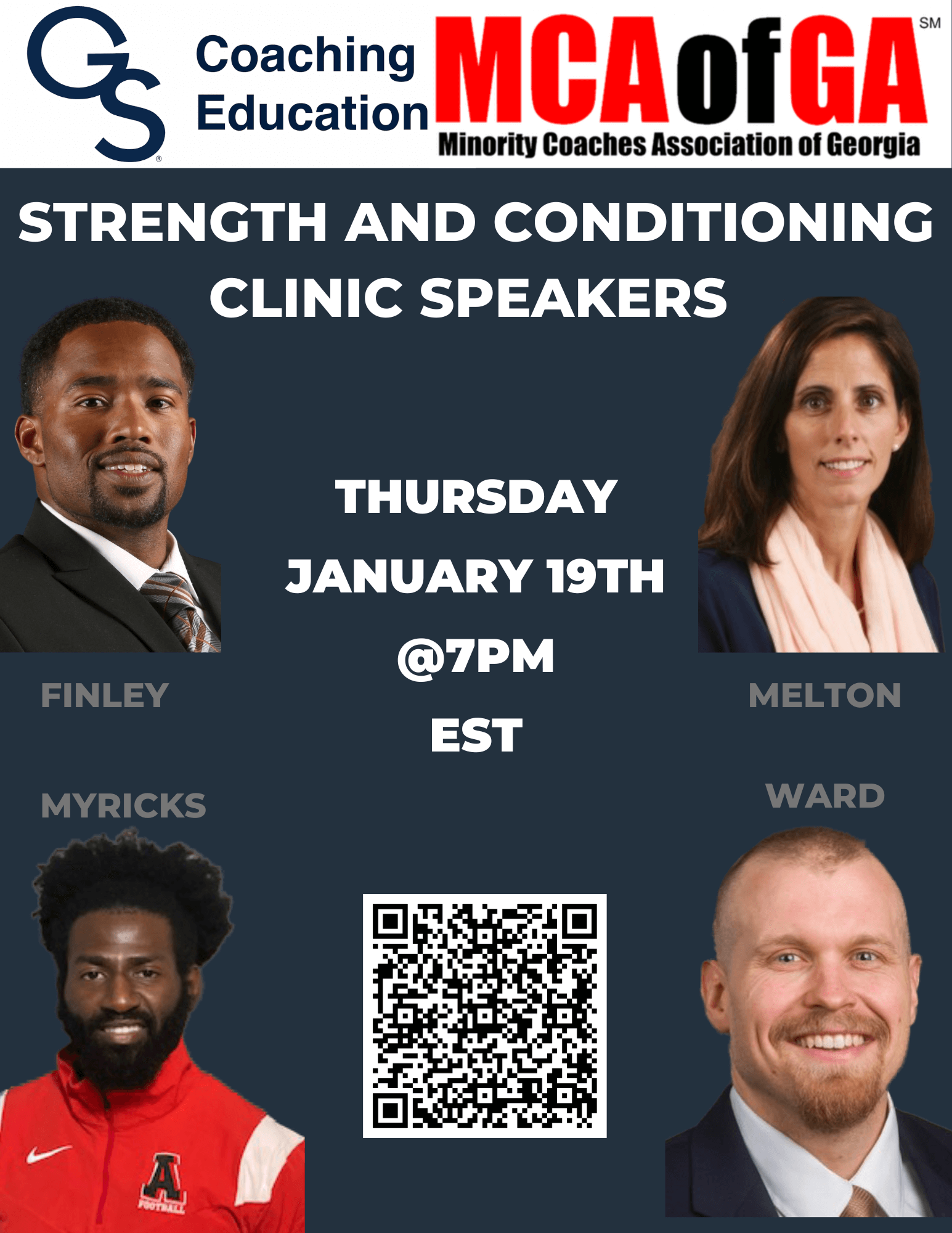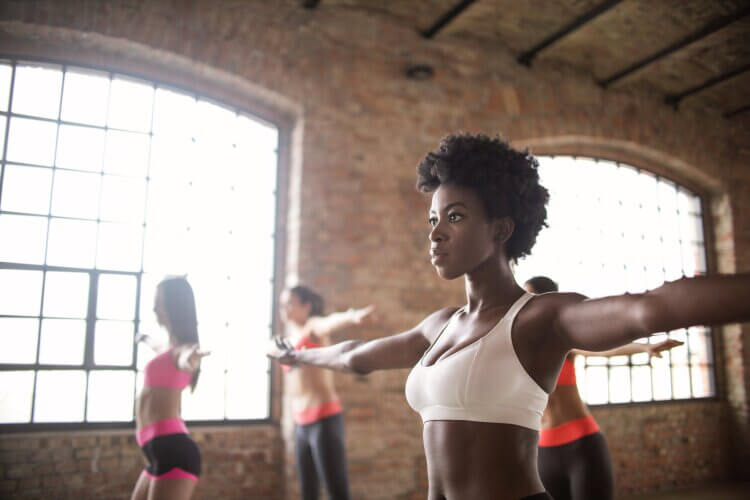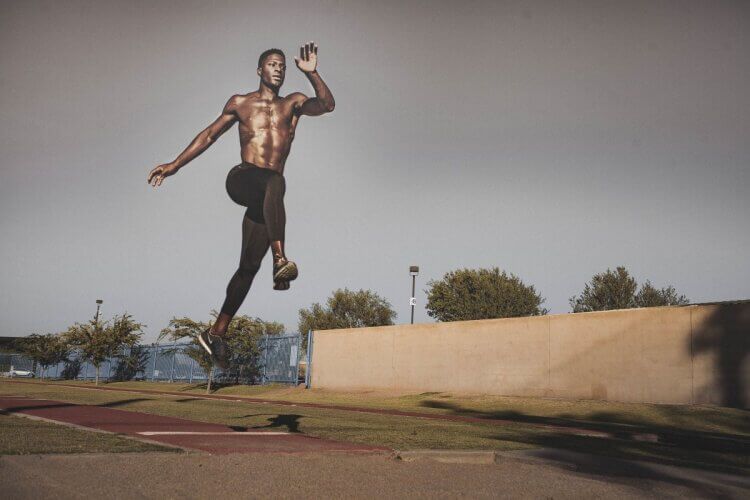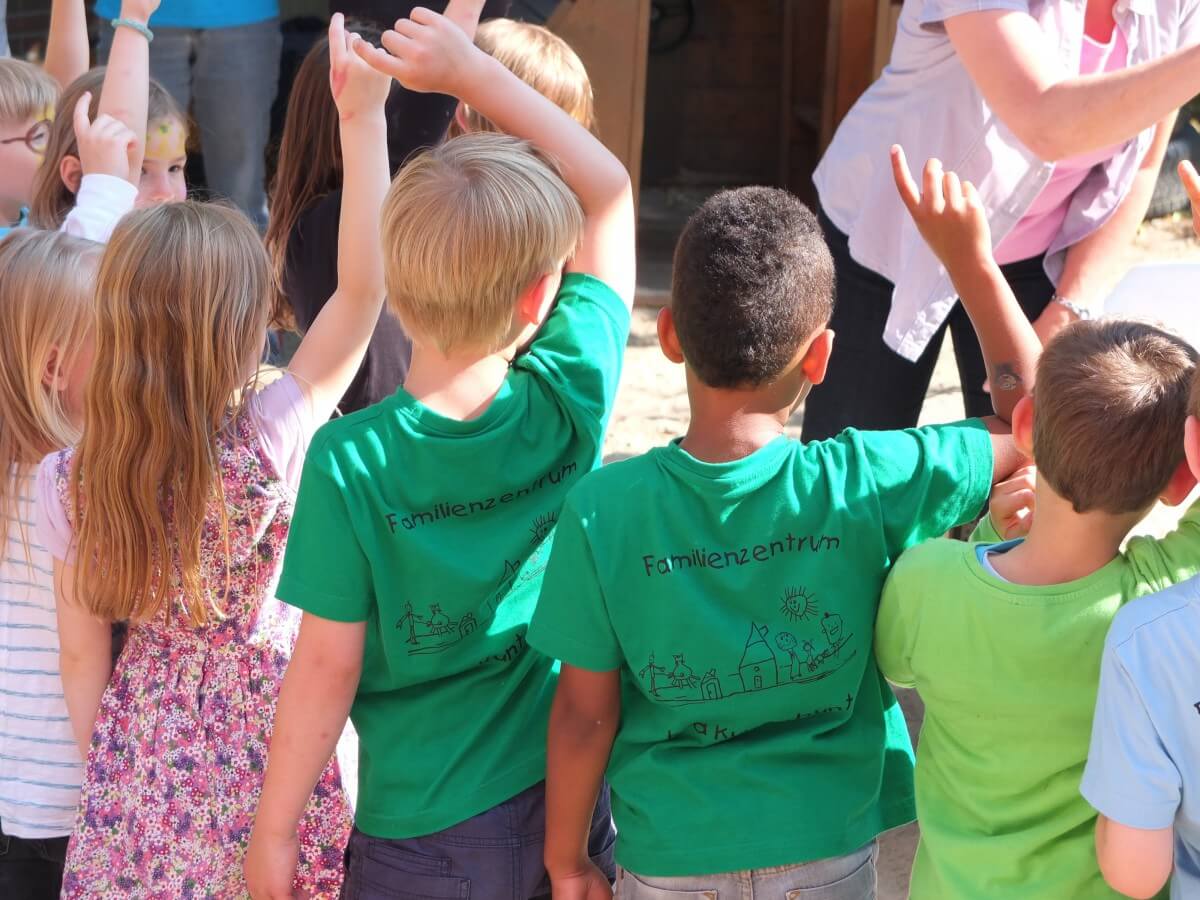
I am the only female in my high school PE department. It’s been this way for 20 years. The one time another female came in she tried to out-alpha the football coach and got removed from teaching PE and placed in Health. I think she might have taught one section of PE in the two years she was here, and I think it was Adapted PE. Since we’ve had a fully working weight room, it was always paired with the football coach. We got a new one this year, the fifth in my tenure working at this same high school. As soon as I heard he teaches through an app I put my judgmental hat on. Without any notion of what he does or how he does it, I decided we were adversaries.

Coaches who also teach a class based on using your body trend toward it being visually productive. It is much more about ‘making sure’ everyone is doing what they are ‘supposed’ to be doing and ‘working hard’. The culture of sport (and the newer sport-as-fitness) revolves around the premise of effort equals results. It dictates that you must remove sensation to be successful. You are battling your body, not listening to or being led by it.








